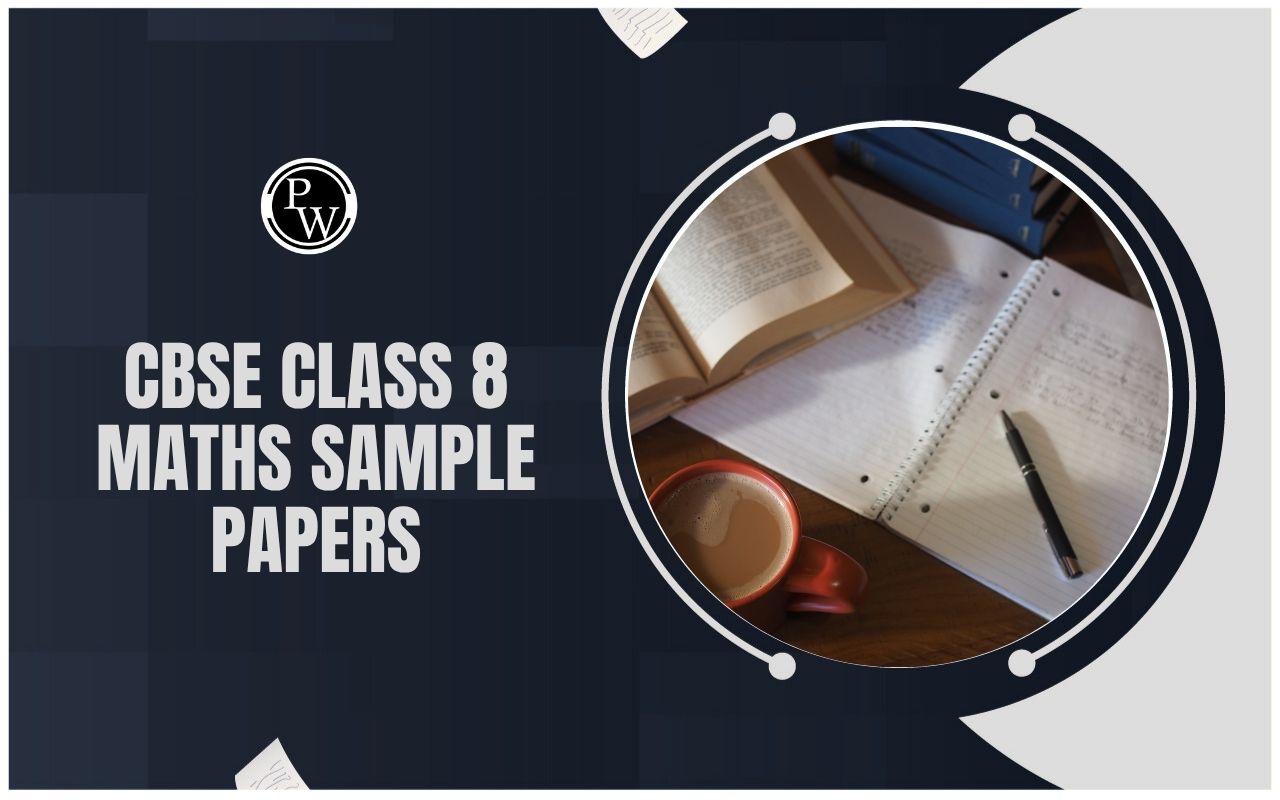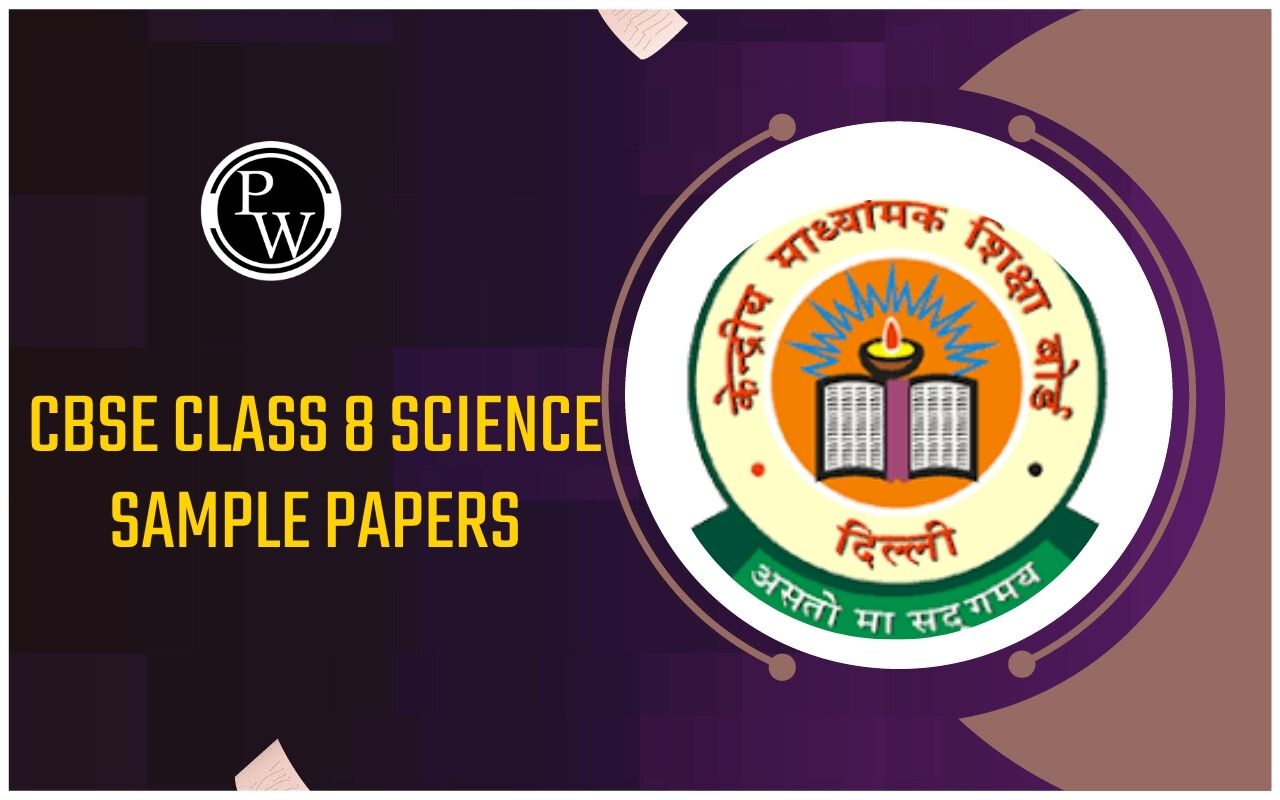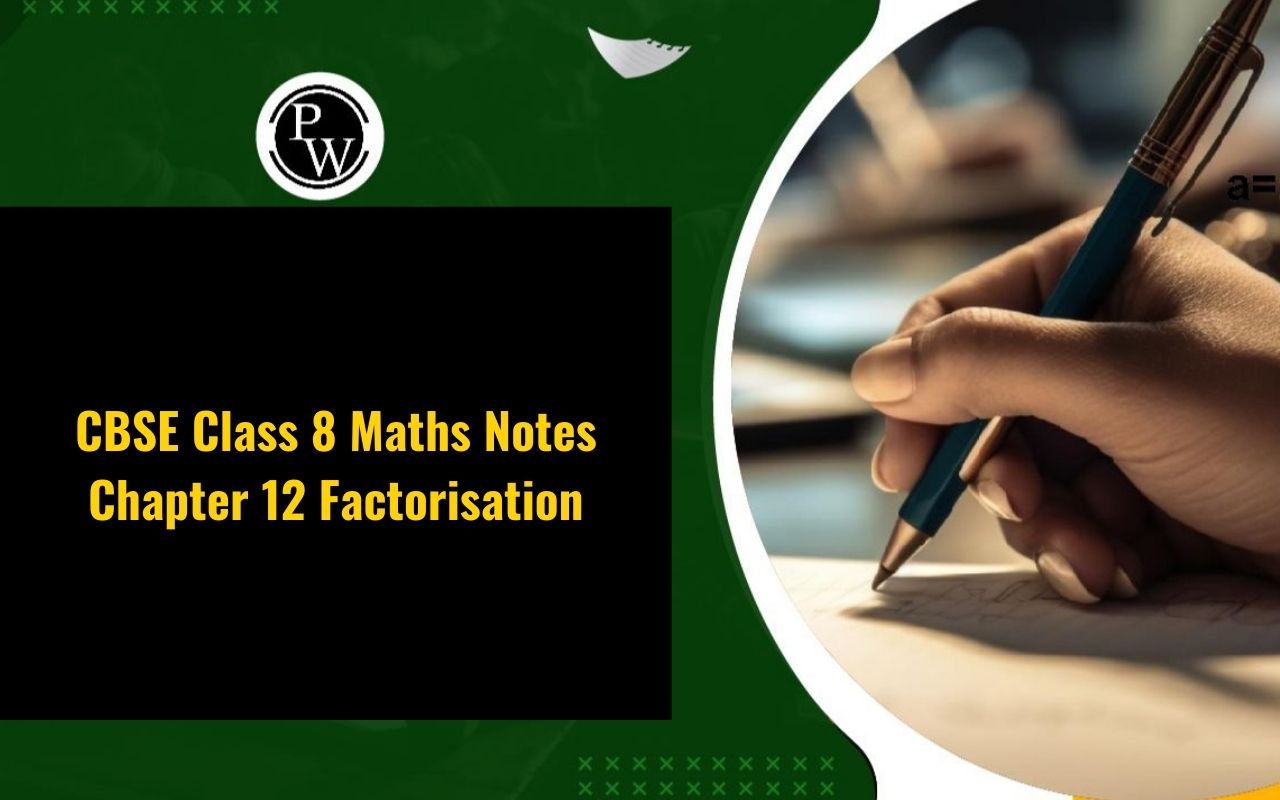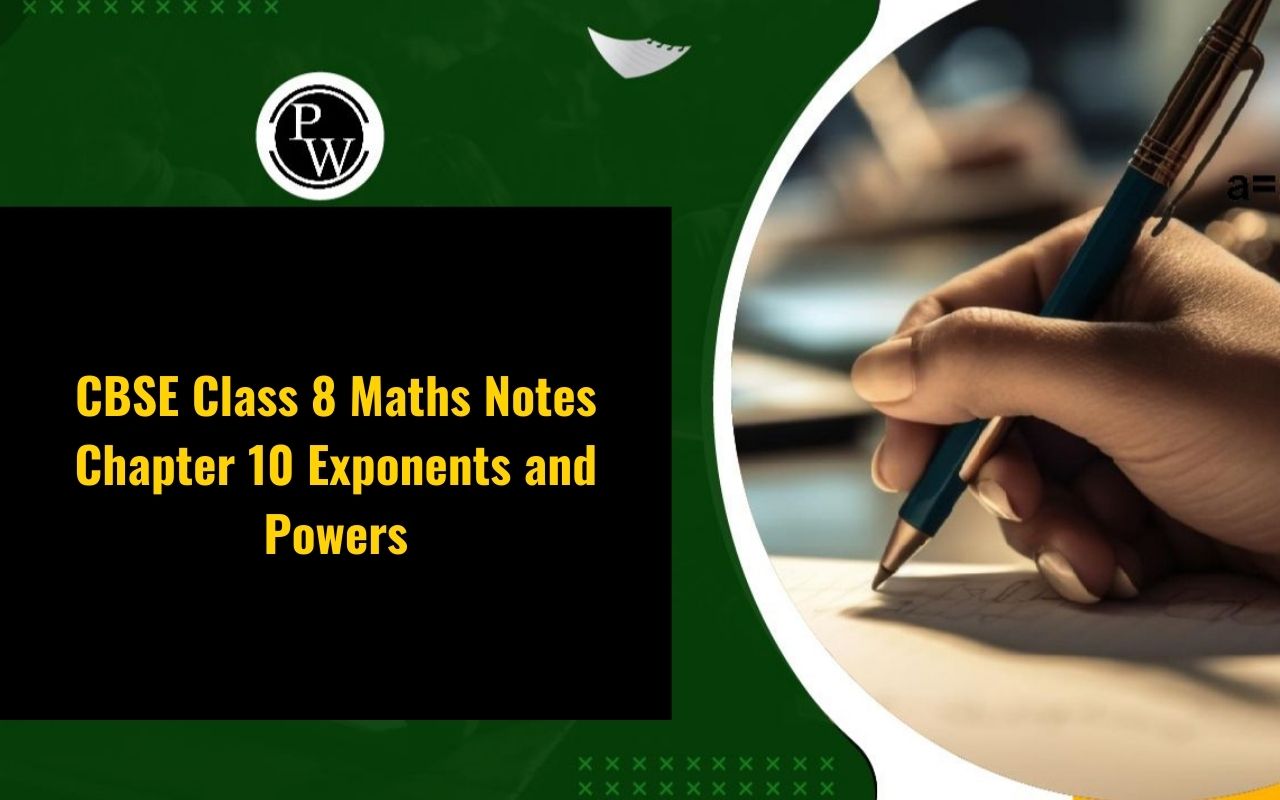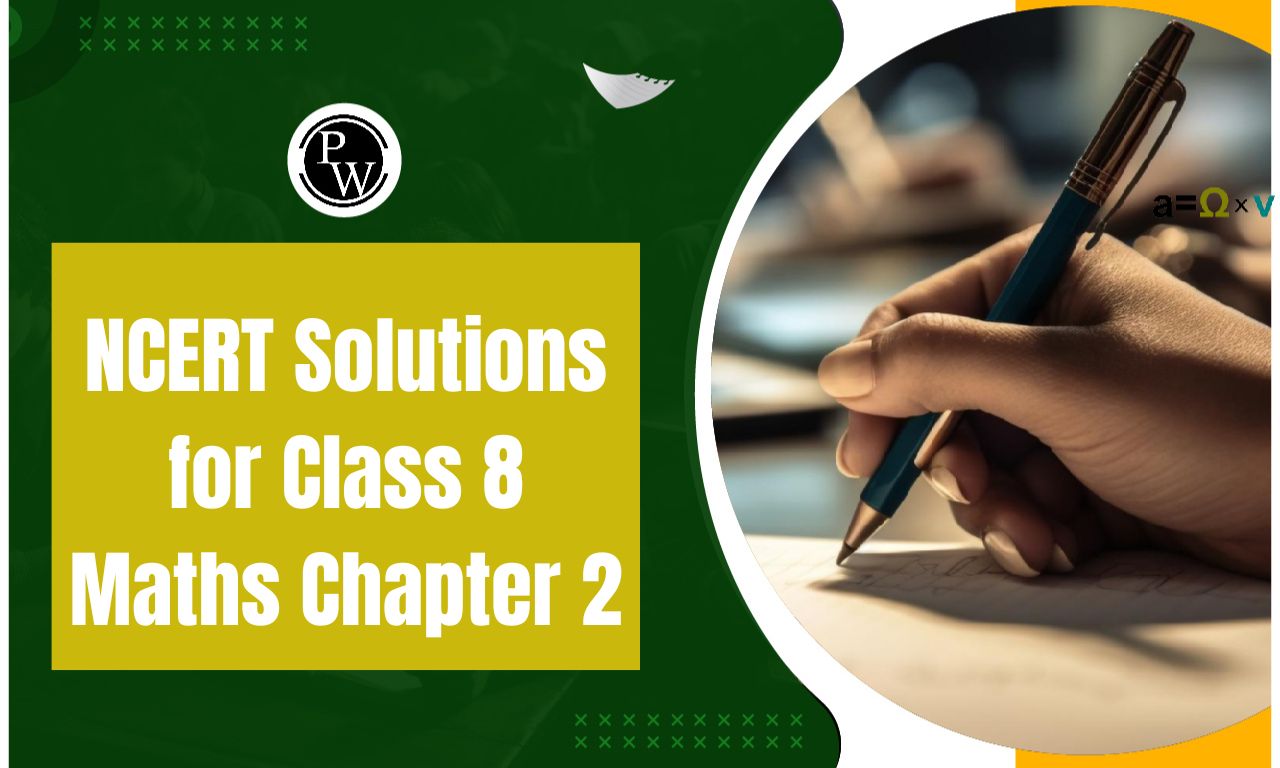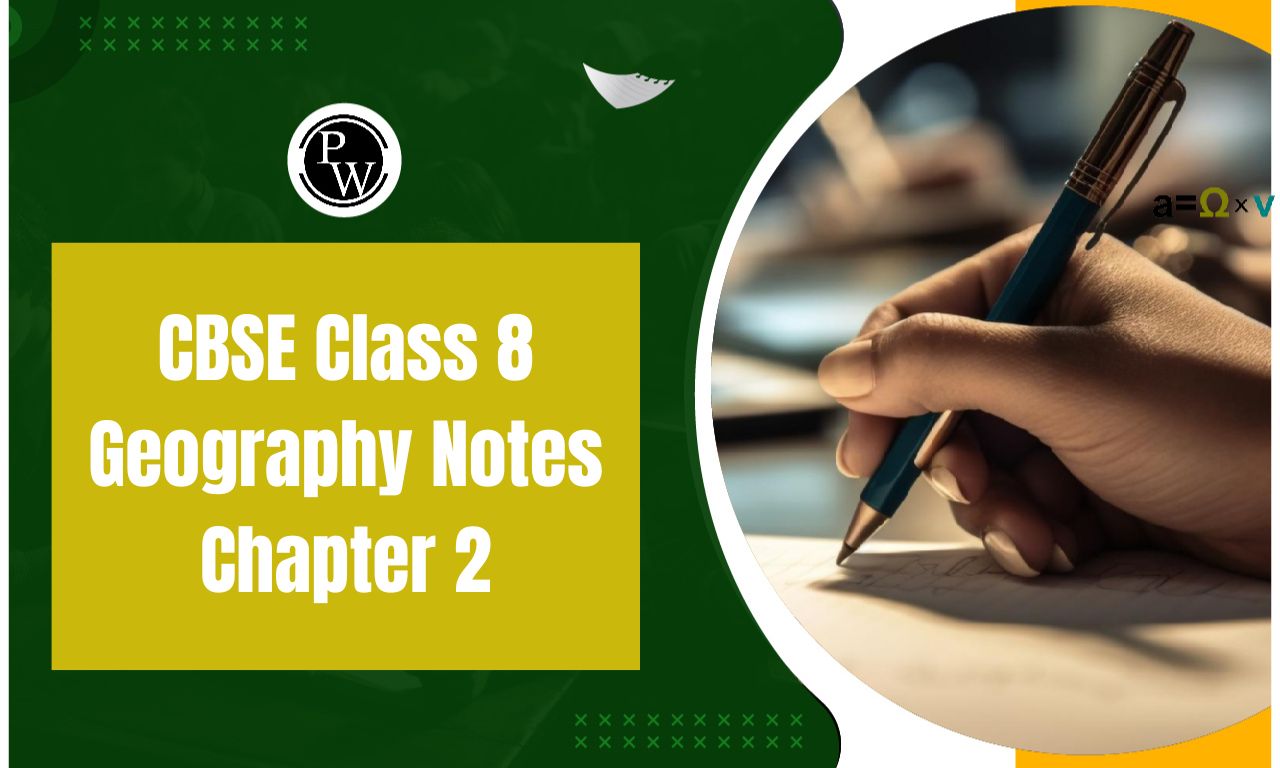
ICSE Class 8 Maths Selina Solutions Chapter 9: In banking, simple and compound interest are most commonly utilized. Statements like "one year interest for a fixed deposit in the bank @7% per annum" have probably been seen by you. Are you aware of what this means? That indicates that an individual will receive 7% interest on a fixed deposit of a certain amount of money if the deposit is made for a full year.
You must be asking yourself, what is this fascination now? The additional money that banks or post offices pay on money that a user has previously put is known as interest. Simple and compound interest are the sole subjects covered in Chapter 9 of ICSE Class 8. This section will teach you how to compute compound interest, the difference between simple and compound interest, and how to solve associated problems and patterns. Every exercise problem in this chapter needs to be solved. You will undoubtedly find some questions on this subject in the yearly tests. Additionally, this chapter will help you become more proficient at answering numeric aptitude questions.ICSE Class 8 Maths Selina Solutions Chapter 9 Overview
Chapter 9 of the ICSE Class 8 Maths Selina Solutions focuses on Simple and Compound Interests. In this chapter, students learn about the concepts of interest, particularly simple interest and compound interest. Simple interest is calculated as a percentage of the principal amount and is typically used for short-term loans or investments. The formula for simple interest is straightforward: I=P×R×T , where II is the interest, PP is the principal amount, R is the rate of interest per annum, and T is the period in years. Compound interest, on the other hand, takes into account not only the initial principal but also the accumulated interest from previous periods. This makes compound interest more complex to calculate but generally results in higher returns for long-term investments.ICSE Class 8 Maths Selina Solutions Chapter 9 PDF
Here we have provided ICSE Class 8 Maths Selina Solutions Chapter 9 for the ease of students so that they can just download the pdf and use it easily without the internet. These ICSE Class 8 Maths Selina Solutions Chapter 8 will help students understand the chapter better.ICSE Class 8 Maths Selina Solutions Chapter 9 PDF
ICSE Class 8 Maths Selina Solutions Chapter 9 Exercise
Here we have provided ICSE Class 8 Maths Selina Solutions Chapter 9 for the ease of students so that they can prepare better for their upcoming exams -Find the interest and the amount on:
(i) ₹ 750 in 3 years 4 months at 10% per annum. Solution:- Given P = ₹ 750 Time (T)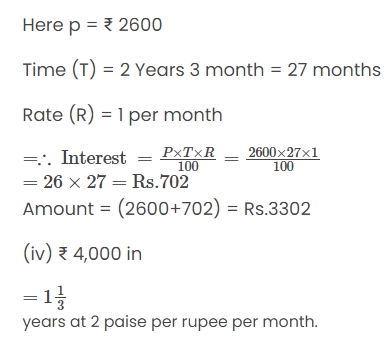

Question 2
Rohit borrowed Rs. 24,000 at 7.5 percent per year. How much money will he pay at the end of 4th year to clear his debt?
Solution:- Principal (P) = Rs.24000 Rate (R) = 7.5% P.A. Time (T) = 4 Years S . I .Question 3 .
The interest on a certain sum of money is Rs. 1,480 in 2 years and at 10 percent per year. Find the sum of money.
Solution:-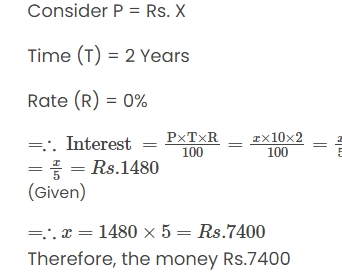
Question 4.
On what principal will the simple interest be Rs. 7,008 in 6 years and 3 months at 5% per year?
Solution:-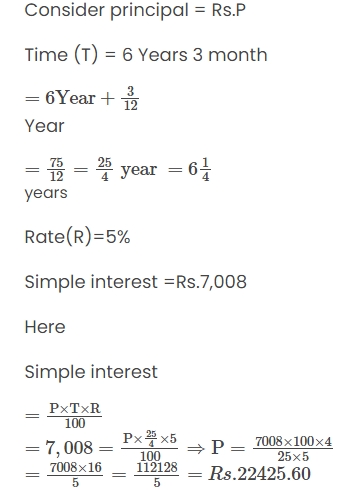
Question 5.
Find the principal which will amount to Rs. 4,000 in 4 years at 6.25% per annum.
Solution:-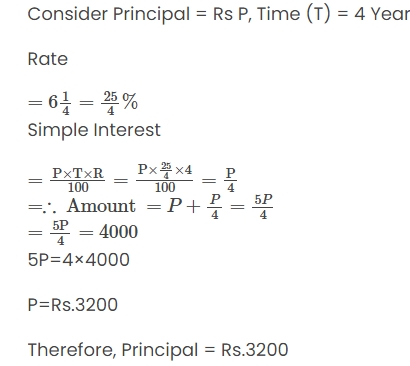
Question 6.
(i) At what rate per cent per annum will Rs. 630 produce an interest of Rs. 126 in 4 years?
Solution:-
Question 7.
(i) In how many years will Rs. 950 produce Rs. 399 as simple interest at 7%?
Solution:-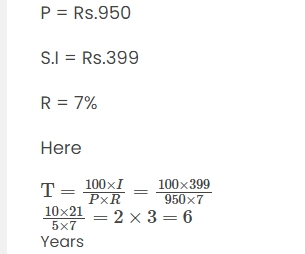
(ii) Find the time in which Rs. 1200 will amount to Rs. 1536 at 3.5% per year.
Solution:-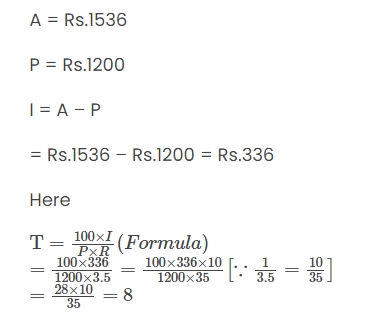
Question 8.
At what time will the interest on a certain sum of money at 6% be 5/8 of itself? Solution:-
Benefits of ICSE Class 8 Maths Selina Solutions Chapter 9
Studying Chapter 9 on Simple and Compound Interest in the ICSE Class 8 Maths Selina Solutions offers several benefits to students:Concept Clarity: The chapter provides a clear understanding of the concepts of simple interest and compound interest. Students learn how these types of interest are calculated, their differences, and when each type is applicable.
Real-world Application: Learning about simple and compound interest helps students understand their relevance in everyday financial transactions. They can apply these concepts to understand how loans, investments, and savings grow over time.
Problem-solving Skills: By solving problems related to simple and compound interest, students enhance their mathematical skills, including calculation accuracy, formula application, and logical reasoning.
Financial Literacy: Understanding interest calculations is a fundamental aspect of financial literacy. Students learn about financial planning, budgeting, and making informed decisions regarding loans and investments.
Preparation for Higher Classes: The concepts taught in this chapter lay the groundwork for more advanced topics in mathematics and finance, such as annuities, amortization, and more complex financial instruments.
Critical Thinking: Solving problems related to interest rates and time periods encourages students to think critically about the impact of these variables on financial outcomes. They learn to analyze different scenarios and make predictions based on their calculations.
Cross-disciplinary Learning: Knowledge gained from studying simple and compound interest can be applied across different subjects and fields, including economics, business studies, and even in everyday situations involving personal finance.
ICSE Class 8 Maths Selina Solutions Chapter 9 FAQs
Which chapter is hard in maths class 8?
What is simple interest and compound interest Class 8?
Is 70 percent good in class 8?
Is Class 8 very difficult?

